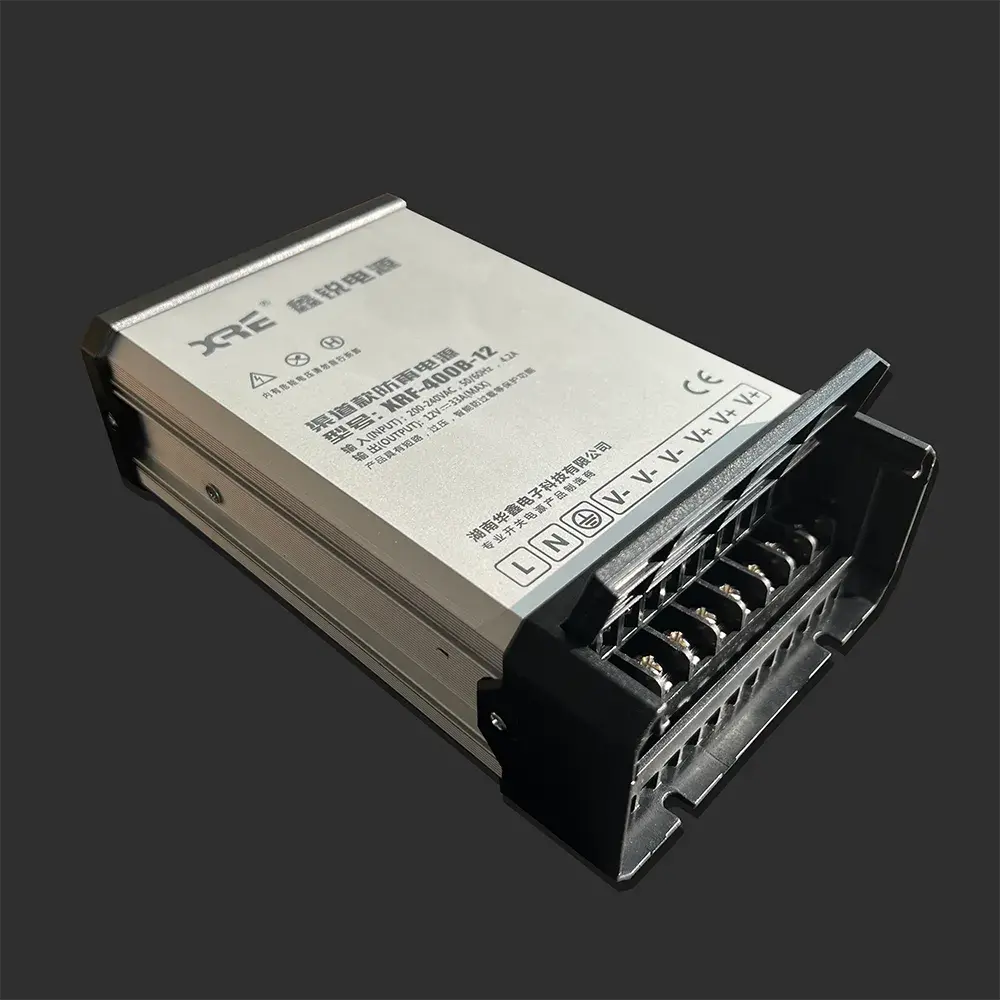Modern electronics rely on stable, precise power to operate efficiently, yet the electricity supplied by most power grids comes as Alternating Current (AC). To bridge this gap, power supplies are engineered to convert AC into Direct Current (DC), delivering the steady voltage required by today’s devices. This conversion process ensures consistent performance and protects sensitive components.
Alternating Current (AC) is the form of electricity delivered by utility companies. It periodically reverses direction, typically 50 or 60 times per second (measured in Hertz), depending on the country. AC’s changing polarity allows it to be transmitted efficiently over long distances. Direct Current (DC), in contrast, flows steadily in one direction. Unlike AC, it provides a constant voltage level, making it suitable for powering most electronic components. Since many devices cannot function properly on AC power alone, converting AC to DC becomes essential for safe and stable operation.
Most electronics, including computers, LED lights, and control systems, require Direct Current (DC) for stable operation. Since the electrical grid supplies Alternating Current (AC), conversion is necessary to meet the voltage needs of these devices. This is also critical for charging battery-powered equipment like UPS systems and electric vehicles. In industrial settings, DC is vital for precision control in automation and sensor-based applications, making a reliable AC-to-DC conversion system essential across both consumer and industrial technologies.

Converting AC to DC involves a series of coordinated steps, each handled by specific components. The process begins with a transformer, which adjusts the AC voltage to a suitable level. The signal then passes through a rectifier, where diodes convert the alternating current into pulsating direct current. A filter, typically a capacitor or inductor, smooths out these ripples to stabilize the output. Finally, a voltage regulator ensures a consistent DC output, regardless of input variations or load changes.
Step-by-step, the system operates as follows:
Input – AC power is drawn from the grid.
Transformation – The voltage is stepped up or down as needed.
Rectification – Diodes convert AC to a unidirectional current.
Filtering – Capacitors reduce fluctuations for smoother output.
Regulation – A regulator delivers steady DC voltage.
These stages ensure reliable, safe, and efficient DC power delivery to electronic devices, even under fluctuating AC conditions.
There are two primary types of AC-to-DC power supplies, each suited to specific applications:
Linear Power Supplies: These systems are simple and provide clean DC output, making them ideal for noise-sensitive applications. However, they are often larger, heavier, and less energy-efficient compared to newer designs.
Switch-Mode Power Supplies (SMPS): Widely used today, SMPS are compact, lightweight, and highly efficient. They switch electrical components on and off rapidly to control energy flow, which reduces heat and power loss. Their versatility makes them suitable for everything from mobile chargers to industrial equipment.
Converting AC to DC is more than a technical necessity—it’s a foundational process that supports virtually all modern electronics. At the same time, different regions may operate on varying voltages and frequencies, yet customer expectations remain the same: plug-and-play functionality and consistent performance. Whether it’s an industrial HVAC system in Europe or a water filtration unit in Southeast Asia, ensuring reliable AC-to-DC conversion enhances customer satisfaction and product longevity. Power supply customization—including voltage range, frequency adaptability, and output configurations—enables exporters to meet diverse international standards and regulatory requirements.
How a power supply converts AC to DC is crucial for delivering reliable performance and ensuring customer satisfaction. As technology advances, the demand for reliable AC-to-DC conversion will continue to grow, making it an essential part of our energy infrastructure.
Leave a Reply